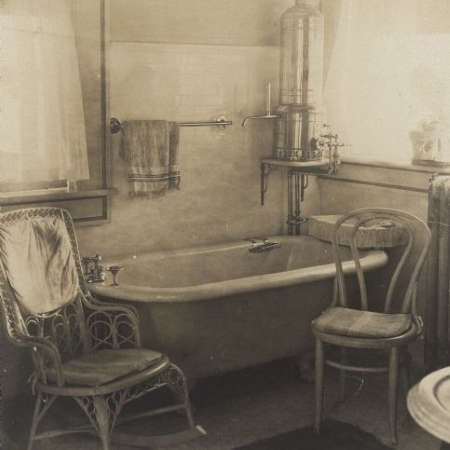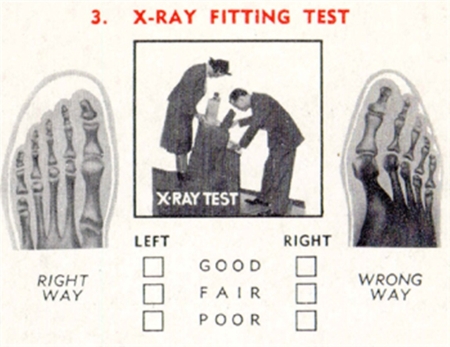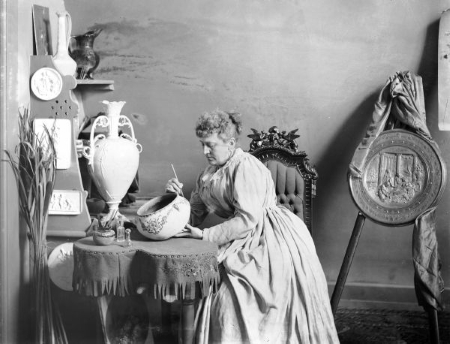The Bathroom as a Household Space
When we think of a “bathroom,” we usually imagine a room containing three standard fixtures—a bathtub, a sink, and a toilet. Bathrooms such as these are so universal in homes today that we can hardly imagine a time when they did not…





